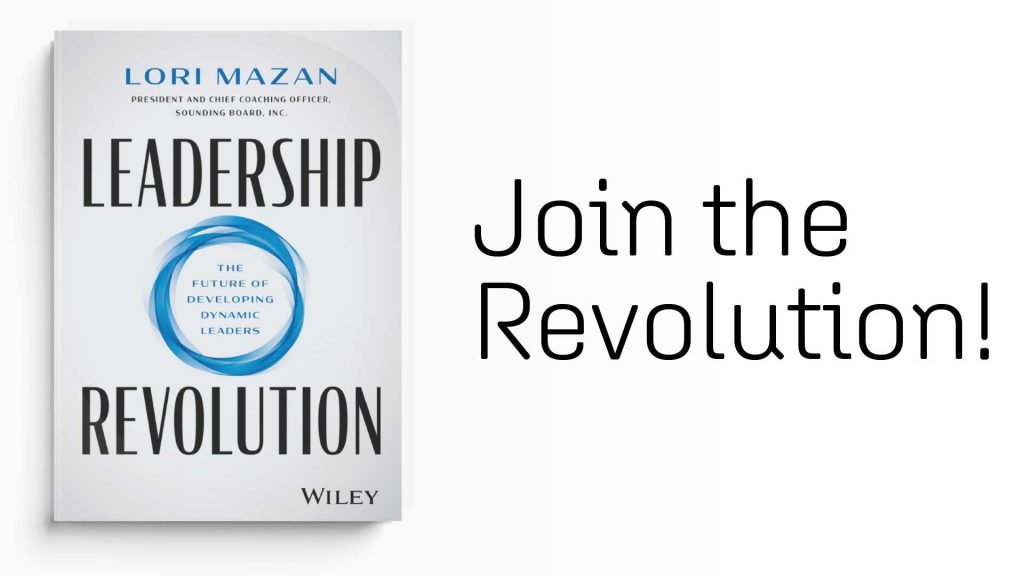Today’s workplaces can be marred with subtle harassment, microaggressions, disrespect, and discrimination, particularly when it comes to employees who are minorities. As diversity and inclusion become stronger imperatives for companies across the world, it’s important to be attuned to your workforce’s changing needs. Having an HR engagement tactic for minority and underrepresented employees can help businesses attract and retain top employees in this tight talent market.
At the root of any engagement drive is the need to connect with your employees. Your engagement strategy should cover their concerns about the organization and what motivates them. The strategy should be aimed at employee retention whereby your HR team engages underrepresented employees to determine issues and potential solutions within the organization. Businesses can no longer afford to ignore the costs of employee turnover, lowered productivity, and decreased engagement. Keep reading to learn more about how you can better engage your diverse workforce.
Aspects of Effective Engagement
Effective communication and engagement with underrepresented employees require messaging in a clear, accurate, and helpful manner. This engagement should encompass the various perspectives and concerns of your employees.
For effective engagement, consider the following aspects:
Begin with Consultative Inquisition
To effectively engage the underrepresented worker, you want to begin by asking what concerns those individuals have about the workplace. It is advisable to integrate all communication channels into one platform as this will encourage open communication especially pertaining to the engagement of underrepresented employees.
Make and Maintain Contact
As an HR professional, you want to make engagement part of your strategy within the organization. This is significant since a positive engagement drive improves productivity and aids in achieving desired business results. Maintaining contact will require that the business invests in the appropriate tools and methods to facilitate unobstructed engagement. Baseline surveys are beneficial to HR professionals as it provides unbiased feedback on the level of engagement at present within the organization.
Maintain Your Engagement as an Ongoing, Two-Way Process
As part of the organizational support for engagement, maintain an ongoing two-way process of communication. Have avenues through which you can communicate directly with minority employees and where they can provide feedback to you. Overall, your goal as an HR professional should be to create an environment where credibility triggers honest engagement.
Focus on Culture Management
In a workplace where engagement with minorities is lacking, it is paramount that HR leaders push for cultural transformation techniques. The organization may require a complete or partial shift in its structure. These changes will be informed by the need to have the highest levels of engagement within the organization.
Strategies for HR Leaders to Improve Engagement of Underrepresented Employees
Having a diverse workplace goes beyond the hiring of minority individuals. It requires that HR professionals invest in engaging the underrepresented staff to ensure they feel heard and valued. Without inclusion, diversity is just a statistic. Keeping that in mind, consider using the following strategies to improve engagement of underrepresented employees:
Create Community Through Mentorship
An opportunity to engage underrepresented employees is found in creating a community through mentorship. In most workplaces, employees come from different backgrounds and income classes. If you are to engage this group successfully, you need to create communities through extensive mentorship and create room for all people to learn and grow continuously.
Engage in Sensitive Conversations
As part of sound leadership and management, HR should provide a conducive environment for underrepresented employees to speak up. The department should provide coaching that allows these individuals to be confident enough to raise their issues. Advocacy by management is crucial if minorities are to feel recognized and safe within the modern workplace.
Create Flexible Policies
As a business, you want policies that are easy to revise and tailor to meet the needs of your workforce. It should be possible to revisit these and make necessary changes that reflect all the different backgrounds of your employees. Notably, these policies should be bias-free and mirror everyday situations within your workplace.
Commit to a Zero-Tolerance Policy
As a business, you should institute a zero-tolerance policy against discrimination, harassment, and microaggressions towards minorities. For instance, during onboarding training, engage all employees on this policy, ensuring that they understand your take on said issues. Undesirable behavior in contravention of this zero-tolerance policy should be met with some form of repercussions. For example, your organization should have redress for inappropriate comments that might make sections of your employees uncomfortable.
Provide Support Through Training
As a strategy to increase engagement between the leadership, HR, and underrepresented groups, consider unbiased training. This should include everyone within the organization to ensure proper management of diverse workplaces. Include leadership coaches that are focused on business outcomes and committed to helping the organization attain projected business performance and business impact.
Invest in Leadership
An approach for engaging underrepresented groups at your workplace is investing in leadership by developing programs that actually teach how to engage diverse groups. These programs focus on leadership improvement in a manner that facilitates the managing of cultures within the workplace. HR professionals need to ensure that leaders have a constant flow of resources that promote continuous learning and adaptation to diverse environments.
How to Design and Develop Coaching Programs for Underrepresented Employees
Coaching engagements need to be structured in a manner that highlights issues affecting underrepresented employees. Additional tips for designing and developing said coaching programs include:
Inclusive Training and Coaching
As the HR professional, you should ensure that underrepresented employees are not singled out during said coaching. The sessions should be inclusive of all employees within the organization if you are to achieve engagement goals.
Align Organization Needs with Coaching Models
The organization’s coaching models should be customized for your business. This should align with the organization’s needs for inclusion and diversity. Specifically, organizational culture should be the center of any models adopted to coach employees on the engagement of underrepresented employees.
Hire Experienced Coaches
To achieve your organization’s objectives and goals on the engagement of underrepresented employees, consider hiring experienced coaches. They should bring unique perspectives to leadership training which should integrate engagement in the day-to-day management activities.
A multi-lateral approach is needed if a business is to adopt strategies to engage underrepresented employees. The team at Sounding Board provides coaching and leadership to create a workplace culture where underrepresented employees are continuously engaged and heard. We work with business leaders to tailor coaching specific to their organizations. Request a Demo today and be on your way towards improving diversity, equity, and inclusion within your organization.











